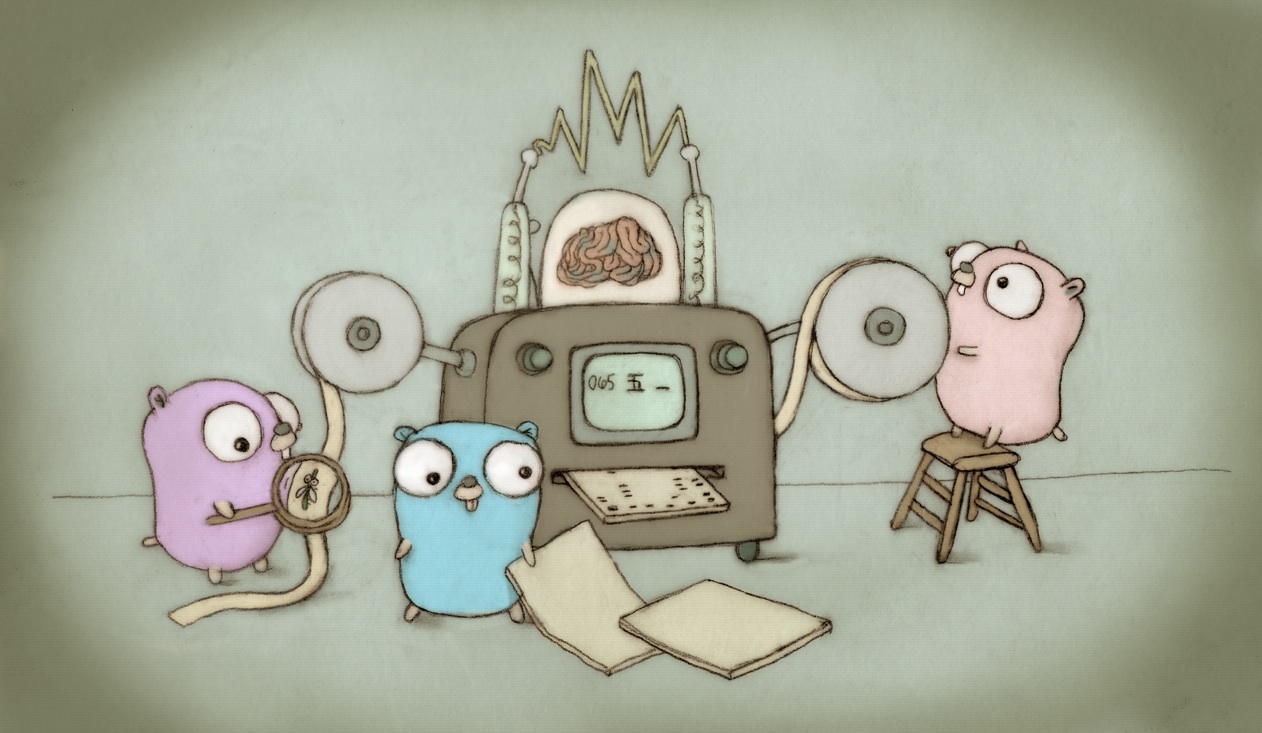When assessing whether A <= B, the poset's OrderedOrEqual has a passing condition which permits A <= B, but is not sufficient to infer that A <= B. This CL removes that incorrect passing condition. Having identified that A and B are in the poset, the method will report that A <= B if any of these three conditions are true: (1) A and B are the same node in the poset. - This means we know that A == B. (2) There is a directed path, strict or not, from A -> B - This means we know that, at least, A <= B, but A < B is possible. (3) There is a directed path from B -> A, AND that path has no strict edges. - This means we know that B <= A, but do not know that B < A. In condition (3), we do not have enough information to say that A <= B, rather we only know that B == A (which satisfies A <= B) is possible. The way I understand it, a strict edge shows a known, strictly-ordered relation (<) but the lack of a strict edge does not show the lack of a strictly-ordered relation. The difference is highlighted by the example in #34802, where a bounds check is incorrectly removed by prove, such that negative indexes into a slice succeed: n := make([]int, 1) for i := -1; i <= 0; i++ { fmt.Printf("i is %d\n", i) n[i] = 1 // No Bounds check, program runs, assignment to n[-1] succeeds!! } When prove is checking the negative/failed branch from the bounds check at n[i], in the signed domain we learn (0 > i || i >= len(n)). Because prove can't learn the OR condition, we check whether we know that i is non-negative so we can learn something, namely that i >= len(n). Prove uses the poset to check whether we know that i is non-negative. At this point the poset holds the following relations as a directed graph: -1 <= i <= 0 -1 < 0 In poset.OrderedOrEqual, we are testing for 0 <= i. In this case, condition (3) above is true because there is a non-strict path from i -> 0, and that path does NOT have any strict edges. Because this condition is true, the poset reports to prove that i is known to be >= 0. Knowing, incorrectly, that i >= 0, prove learns from the failed bounds check that i >= len(n) in the signed domain. When the slice, n, was created, prove learned that len(n) == 1. Because i is also the induction variable for the loop, upon entering the loop, prove previously learned that i is in [-1,0]. So when prove attempts to learn from the failed bounds check, it finds the new fact, i > len(n), unsatisfiable given that it previously learned that i <= 0 and len(n) = 1. Fixes #34802 Change-Id: I235f4224bef97700c3aa5c01edcc595eb9f13afc Reviewed-on: https://go-review.googlesource.com/c/go/+/200759 Run-TryBot: Zach Jones <zachj1@gmail.com> TryBot-Result: Gobot Gobot <gobot@golang.org> Reviewed-by: Giovanni Bajo <rasky@develer.com> Reviewed-by: Keith Randall <khr@golang.org> |
||
|---|---|---|
| .github | ||
| api | ||
| doc | ||
| lib/time | ||
| misc | ||
| src | ||
| test | ||
| .gitattributes | ||
| .gitignore | ||
| AUTHORS | ||
| CONTRIBUTING.md | ||
| CONTRIBUTORS | ||
| favicon.ico | ||
| LICENSE | ||
| PATENTS | ||
| README.md | ||
| robots.txt | ||
| SECURITY.md | ||
The Go Programming Language
Go is an open source programming language that makes it easy to build simple, reliable, and efficient software.
 Gopher image by Renee French, licensed under Creative Commons 3.0 Attributions license.
Gopher image by Renee French, licensed under Creative Commons 3.0 Attributions license.
Our canonical Git repository is located at https://go.googlesource.com/go. There is a mirror of the repository at https://github.com/golang/go.
Unless otherwise noted, the Go source files are distributed under the BSD-style license found in the LICENSE file.
Download and Install
Binary Distributions
Official binary distributions are available at https://golang.org/dl/.
After downloading a binary release, visit https://golang.org/doc/install or load doc/install.html in your web browser for installation instructions.
Install From Source
If a binary distribution is not available for your combination of operating system and architecture, visit https://golang.org/doc/install/source or load doc/install-source.html in your web browser for source installation instructions.
Contributing
Go is the work of thousands of contributors. We appreciate your help!
To contribute, please read the contribution guidelines: https://golang.org/doc/contribute.html
Note that the Go project uses the issue tracker for bug reports and proposals only. See https://golang.org/wiki/Questions for a list of places to ask questions about the Go language.